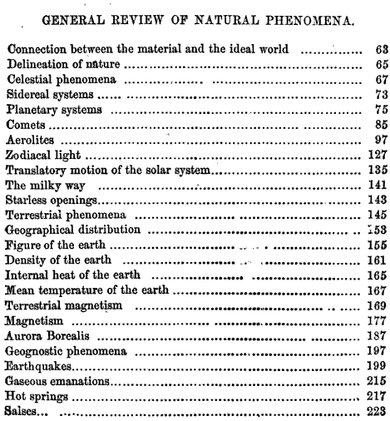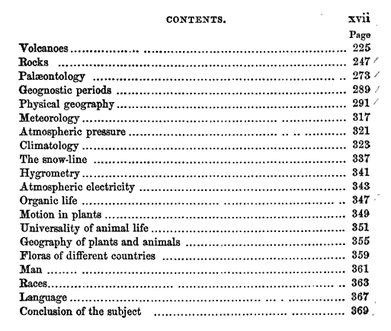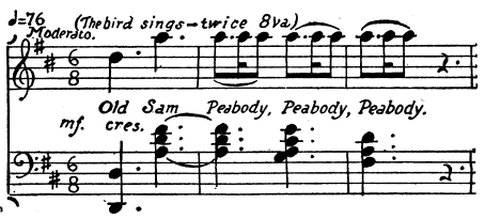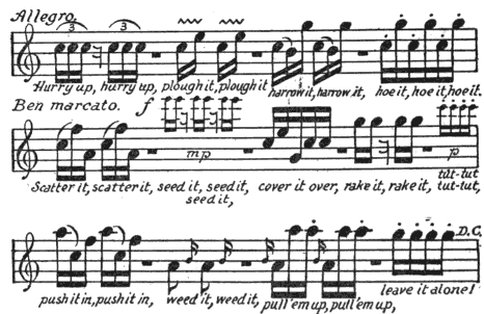Favorite Books
Now and then I’m asked to list my favorite authors and books. The answer’s always tricky because the list is quite long and, besides, often changes. To narrow it down for the most recent request (five favorite books for the Horizon Books website) I went to my bookshelves looking for the books that I’ve most often re-read. Immediately it became clear that they share certain qualities. They’re big. They’re complex. They’re original and daring. They impart a seemingly limitless store of learning. They’re bursting with love of life and language. Perhaps most tellingly, although they are not all novels they are all outstanding examples of the quality by which Jane Smiley defines a great novel: one that gives the reader “the feeling of abundance.” (This from an interview with Smiley in The Boston Globe, September 15, 2005.)
One surprise is that no books by women make the list. It turns out that favorite books and favorite authors are different categories. Authors I cherish for their humanity, the magnitude of their worldviews, their voices, their writerly gifts include Alice Munro, Margaret Atwood, Toni Morrison, Willa Cather, Eudora Welty, Virginia Woolf (and male authors such as Jim Harrison, Thomas McGuane, Don DeLillo, Michael Ondaatje, Nicholson Baker, Evan S. Connell, Jose Saramago). Their bodies of work are essential to me. I read everything they’ve published, but no single book makes my short-list of favorites.
Here, then, are the books I most often return to. That I would wish to have with me if I were shipwrecked alone on an island. That I can’t imagine living without.
(Oh, and I can’t make myself limit the list to five.)
1. Ulysses, James Joyce. Every reading is new. Surprises arrive on every page. And it is surely the wettest of the Great Books: “They are coming, waves. The whitemaned seahorses, champing, brightwindbridled…”
2. The Adventures of Augie March, Saul Bellow. My choice for the greatest American novel of the 20th century. Endlessly rewarding.
3. Let Us Now Praise Famous Men, James Agee. I love the heartbreaking elegies, the mad (and sometimes maddening) rushes of language, the razorsharp portraits of people, the lists and inventories, the jazzlike riffs of philosophy that lift us from heartbreak to hope.
4. Blood Meridian, Cormac McCarthy. Refuses to stay on shelves. Must be anchored to the earth with cables.
5. The Complete Short Stories of Ernest Hemingway. I sometimes think I’ll outgrow Hemingway. Hasn’t happened yet. Every time I read the stories my admiration deepens.
6. Anna Karenina, Leo Tolstoy. Creates not only the abundance feeling, but the feeling that you are inhabiting a whole world. Often I return to it just to savor the amazing hay-cutting scenes, where in losing himself in the work, Levin finds himself.
7. Moby-Dick, Herman Melville. The original Modernist novel, with natural history and fiction blended into a new genre entirely.
8. Walden, Henry David Thoreau. Who can resist the bold assertions, the wild rambles, the uninhibited proclamations of love for the earth? Even when wrong-headed and disingenuous, Henry was charming. My all-time favorite reading on snow days.
Now it’s your turn. Which books do you return to year after year? Which have most enriched your life?






5 Replies